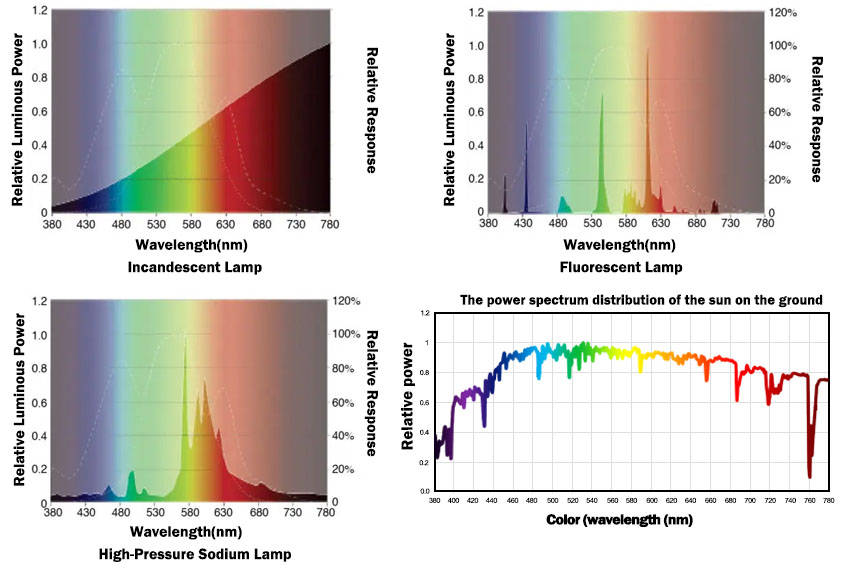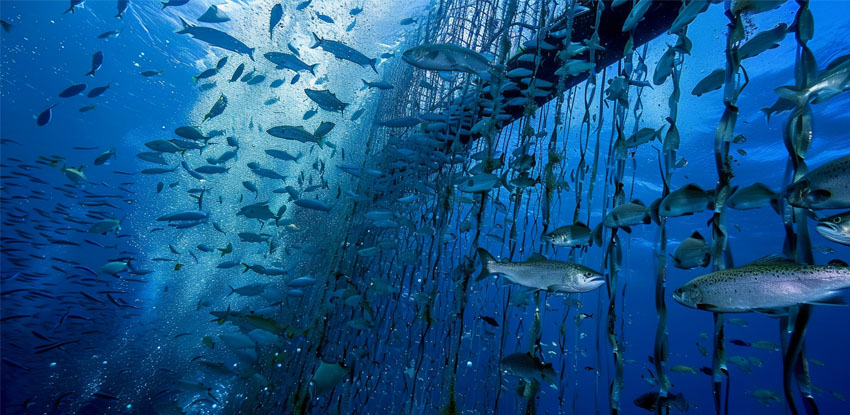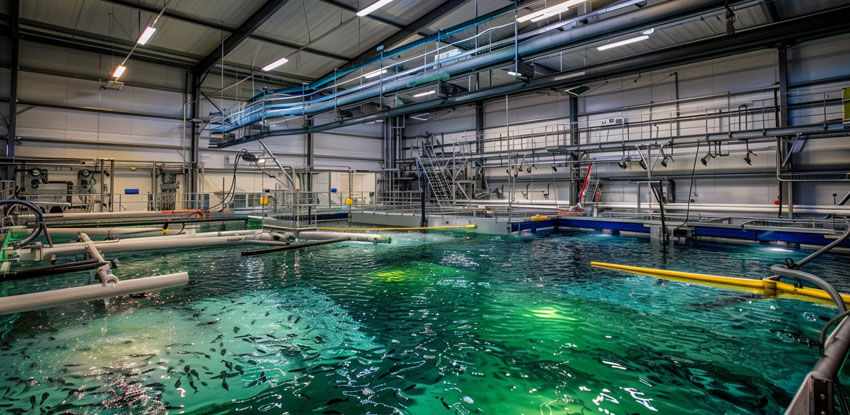

Aquaculture has dramatically evolved over the past few decades, with producers increasingly turning to controlled environments for the growth and propagation of aquatic species. As we transition from traditional outdoor farming methods to sophisticated indoor systems, the significance of appropriate lighting cannot be overstated.
In the world of aquaculture, lighting systems often comprise incandescent bulbs, fluorescent lights, and metal halide lamps. However, these conventional sources have serious limitations when it comes to replicating natural daylight conditions. The spectrum emitted by traditional lighting is not ideal for promoting optimal growth and health in aquatic animals. For instance, incandescent bulbs primarily emit red wavelengths, compact fluorescent lamps produce blue/green light, while high-pressure sodium lamps give off yellow/green light.
Research shows fish species have highly specialized visual needs:
Sea bass thrive under bright, full-spectrum light but struggle in red-heavy environments.
Walleye see only orange and green, rendering other colors gray.
Rainbow trout detect four distinct wavelengths (453nm, 512nm, 530nm, 598nm) critical for feeding and predator avoidance.
Static lighting disrupts circadian rhythms, breeding cycles, and even UV-dependent behaviors in species like salmon. Worse, abrupt light changes during tank transfers can disorient fish, increasing stress and mortality.
LED Technology: A Game-Changer for Precision Aquaculture
Modern LED modules solve these challenges by offering dynamic, species-specific lighting control. Unlike rigid traditional systems, LEDs:
1.Replicate Natural Light Cycles: Adjust intensity and spectrum (300–750nm) to simulate dawn, dusk, and seasonal shifts.
2.Enhance Fish Health: Studies prove tunable blue/UV spectra boost immunity in species like Danio rerio (zebrafish) [1].
3.Save 60% Energy: Lower power consumption vs. metal halide lamps, with 50,000+ hour lifespans.
4.Adapt to Water Conditions: Compensate for turbidity or depth-related light loss.
For example, walleye farms using reflective ocular systems require dimmable LEDs to prevent retinal stress during tank transfers—a feature impossible with fluorescent bulbs.
Science-Backed Benefits of Custom LED Solutions
Leading research institutions emphasize LEDs’ biological advantages:
A 2022 study in Aquacultural Engineering found trout exposed to 512nm green LEDs showed 20% faster growth rates [2].
The University of Stirling confirmed salmonids under UV-enriched LEDs exhibit improved smoltification and migration readiness [3].
Chinese trials on cobia farms demonstrated LED-tuned red/blue spectra increased spawning efficiency by 35% [4].
Case Study: Boosting Salmon Farm Productivity with LED Lighting
A Norwegian salmon farm replaced traditional metal halide lamps with our adjustable 450–600nm LED arrays, specifically designed to mimic natural daylight and seasonal changes. Results:
Improved Smoltification: UV-enhanced LEDs accelerated smolt development by 22%, ensuring smoother transition to seawater.
Enhanced Growth Rates: Salmon exposed to optimized blue/green spectra grew 18% faster, reducing time to market.
Reduced Stress: Gradual sunrise/sunset simulations minimized stress during tank transfers, lowering mortality rates by 15%.
Energy Savings: The farm cut lighting-related energy costs by 65%, saving €85,000 annually.
Why Partner with SOL for Aquaculture LED Modules?
As a leader in custom LED solutions, we engineer lighting systems that:
✅ Mimic Natural Habitats: Full-spectrum tuning for species-specific needs (e.g., UV for predators, warm/cool whites for zebrafish).
✅ Integrate Smart Controls: IoT-enabled dimming, sunrise/sunset simulations, and remote monitoring.
✅ Prioritize Durability: IP68 waterproofing, corrosion-resistant materials for harsh environments.
✅ Cut Operational Costs: Reduce energy bills by 60% while maximizing yield.
Ready to Upgrade Your Aquaculture Lighting?
Don’t let outdated systems limit your farm’s potential. SOL delivers tailored LED modules that align with nature’s blueprint—boosting fish welfare and profitability.
Contact us today for a free spectral analysis and lighting design consultation!

